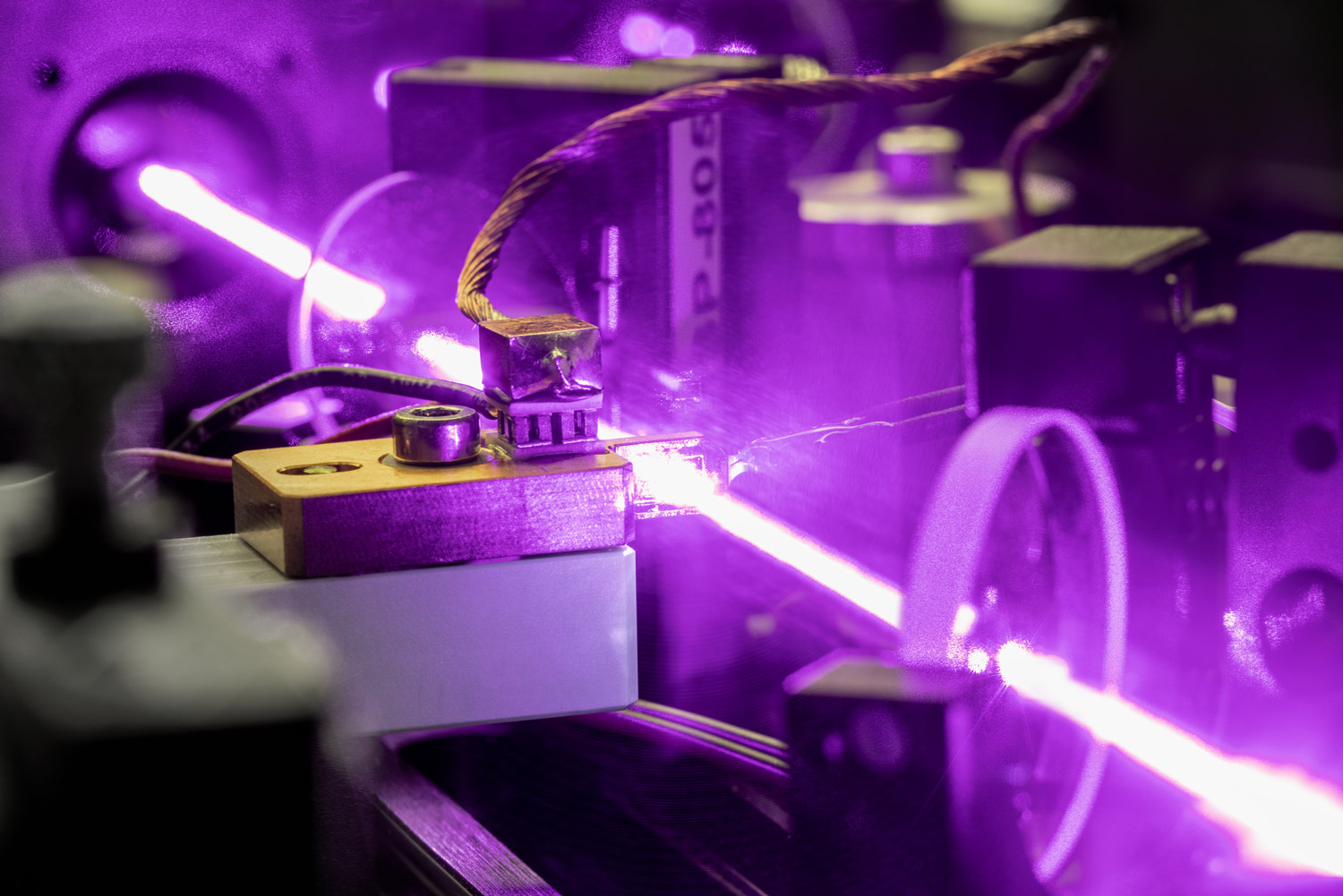W3+ | September 25 – 26, 2024
Fraunhofer IOF at W3+
Fraunhofer Institute for Applied Optics and Precision Engineering IOF drives innovation and develops future technologies in a vast field of photonics research. On September 25 and 26, our institute will be presenting its recent developments at the W3+ fair in Jena.
We cordially invite you to visit us at the international fair for future oriented research and application in important key technologies. You will find us at booth E1.
Learn more about our exhibition highlights below.
Our researchers are very much looking forward to meeting you!
Themes & Exhibits at W3+ fair 2024
At the W3+ fair Jena, our institute is going to present its latest developments in optics and photonics future technologies. From anti-reflective coatings to developments for quantum computing and fiber-to-chip coupling.
Fraunhofer IOF gives you an insight in one of our core fields of research: optical solutions for a wide range of applications.
LNOI Wafer
From high-speed modulators to photonic quantum computers solutions for next-generation integrated devices: We tailor wafer-scale integrated photonic circuits from quantum materials, such as thin-film lithium-niobate (LNOI) to various applications.
Laser Addressing Unit for Ion-Trapped based Quantum Computing
Researchers at Fraunhofer IOF are developing a laser-optical setup within the AQTION project – part of the EU Quantum Flagship Initiative – that enables the manipulation of ions in an ion trap for quantum computers.
Lightfield Display
The lightfield display device consists of a microlens array with an object mask array. By tailoring the positions of the objects channel-wise, the image that is projected appears to float in space thus giving a 3D appearance to 2D objects.
A better view for LIDAR: anti-reflective and anti-fog coating
Many LIDAR applications require optical windows. Atomic layer deposition (ALD) enables conformal anti-reflection coating on highly curved surfaces. Nanostructured layers create an AR effect in the VIS to NIR spectral range and can also be hydrophilic, giving anti-fog properties.
Gratings
Fraunhofer IOF developed nanostructured gratings with
a particularly high efficiency of more than 90 % and a low
degree of polarization of less than 10 %. This is achieved by a
special grating design developed at Fraunhofer IOF, in which
the grating grooves are filled with a high-index material.
Exemplatory is seen a spectrometer grating for Sentinel-5 mission.
Fiber bonded waveguide chip
The fibre-based chip coupling offers high efficiency with minimal signal loss and ensures stable polarization, which improves signal quality. It enables the flexible integration of different optical components, is scalable for complex systems and robust against environmental influences. These advantages make it particularly attractive for optoelectronics and communication applications.
Talks and Presentations at W3+ fair 2024
Use the opportunity to discover actual research and innovations of Fraunhofer IOF by way of two lectures held by our scientists. Furthermore, meet our scientists and staff at our booth and let them show you their recent development live:
Adaptive Techniken für Laser- und Quantenkommunikation
English: Adaptive techniques for laser and quantum communication
September 25 | 2:30 PM | en-tech Stage
Talk by Group Leader for Active and Adaptive Optics at Fraunhofer IOF
Dr. Matthias Goy with Dr.-Ing. Claudia Reinlein, Language: German







